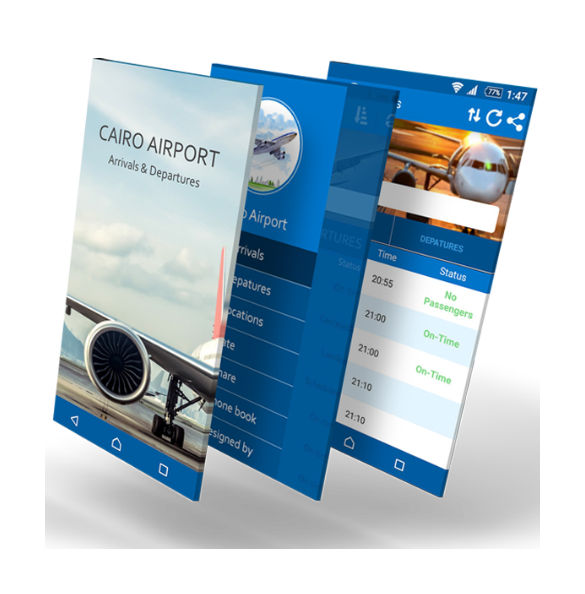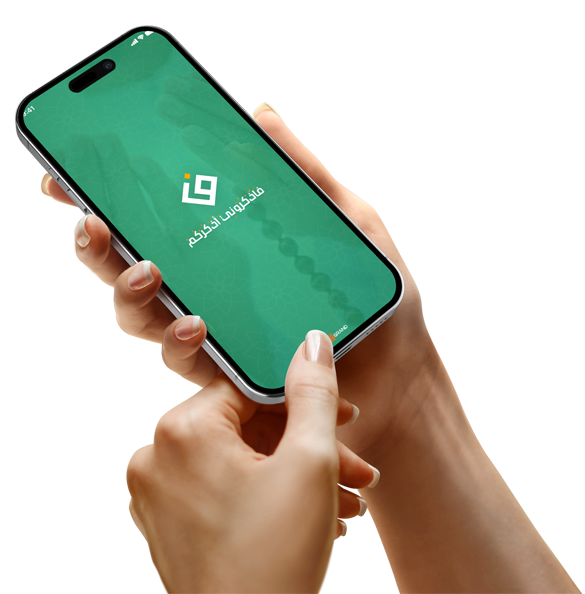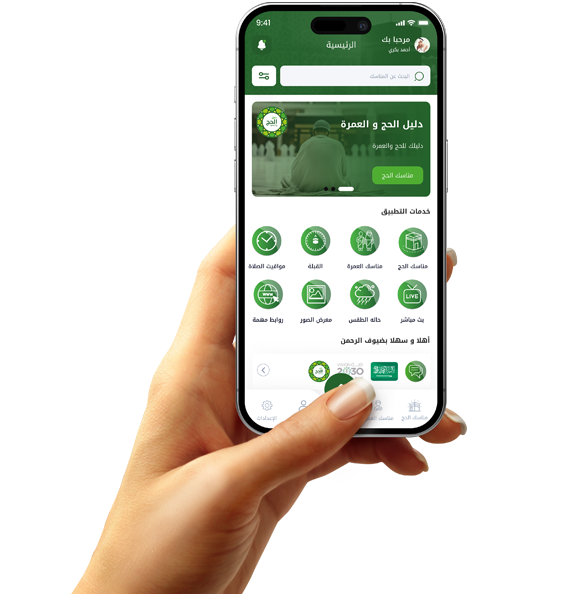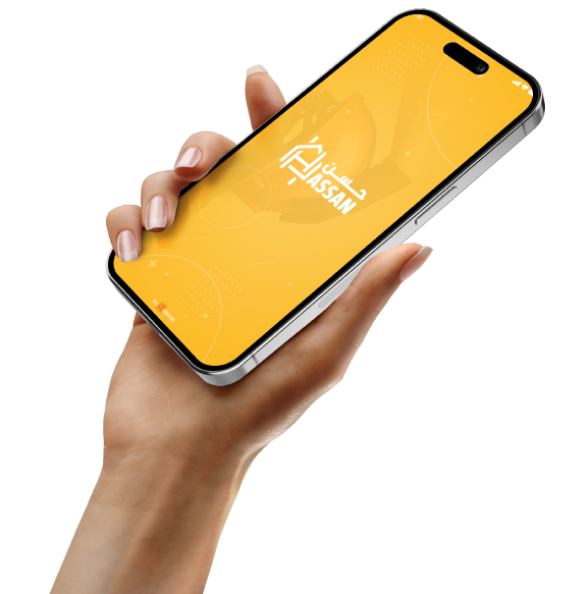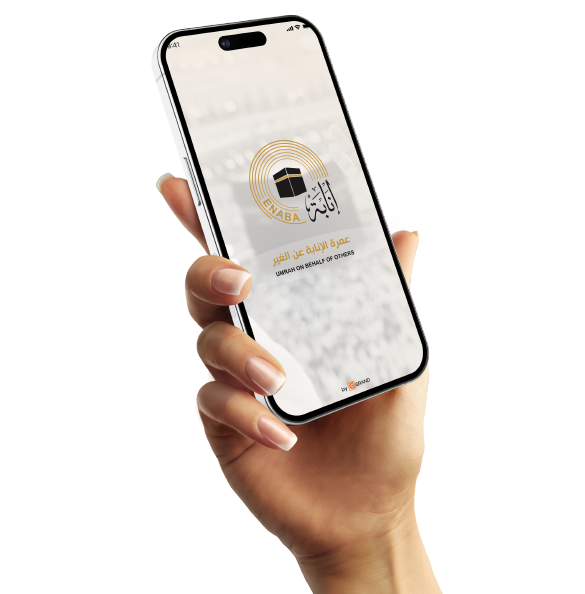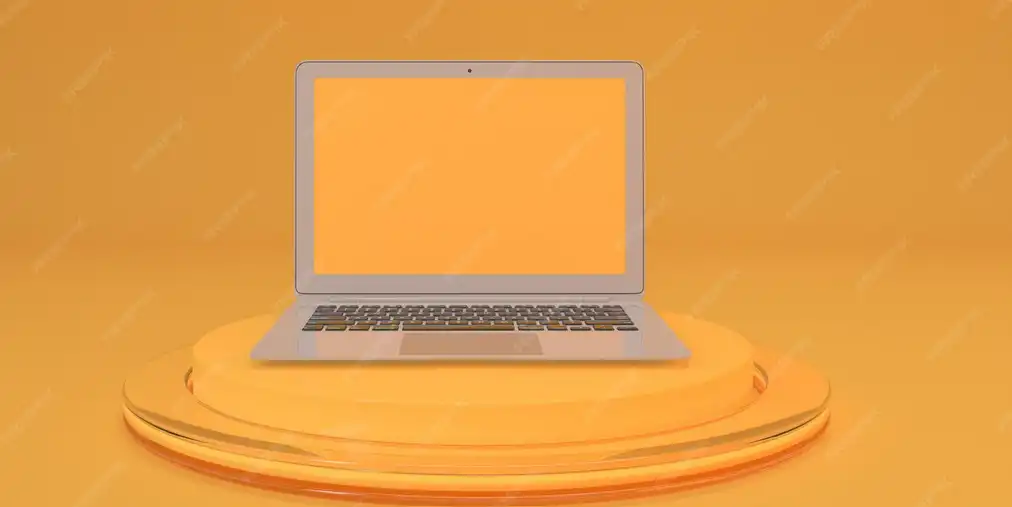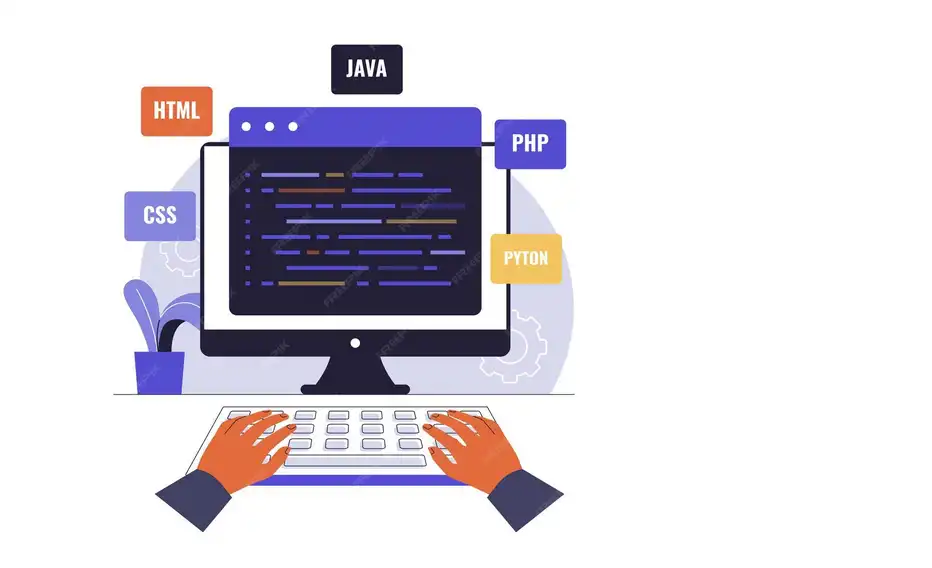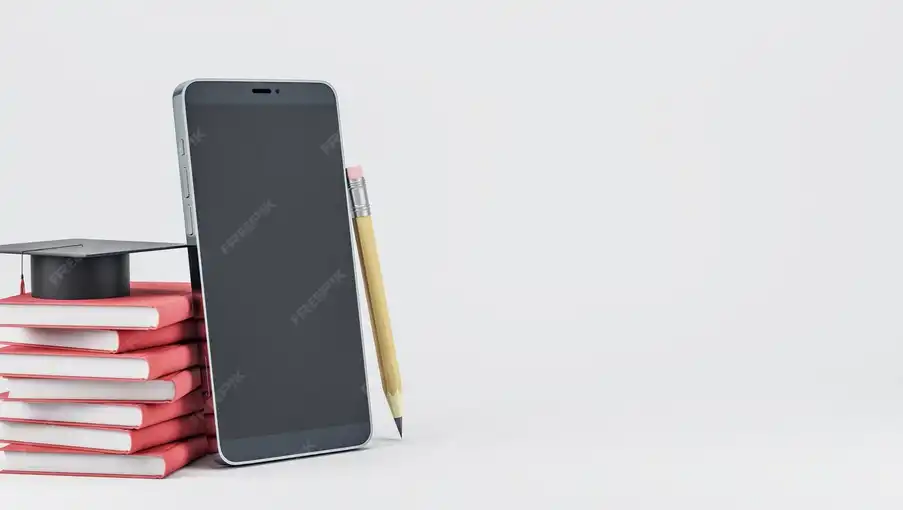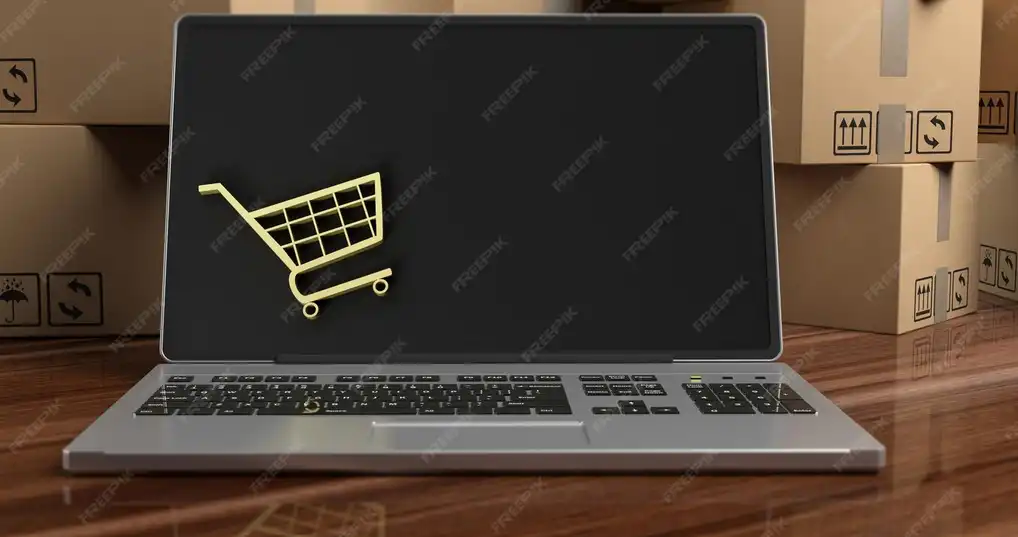Design a mini educational application
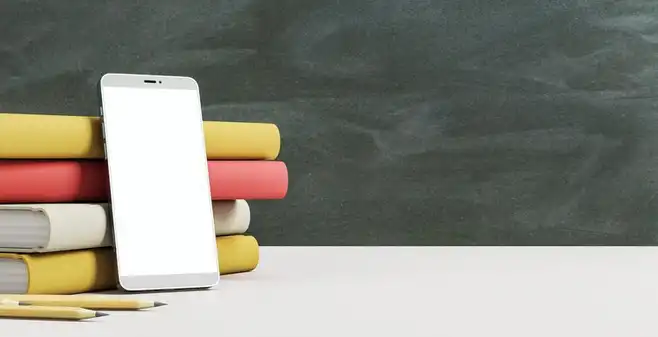
Learning in installments is the secret to the power of educational micro-apps.
In a fast-paced world, people no longer have time for long courses, which is why the concept of micro-learning has become so successful.
A micro-learning app gives the user the ability to learn a skill in short steps, encouraging them to continue.
It's important that the content is divided into "daily tasks" or "levels" that can be easily completed.
The more the user feels they've made small progress, the more likely they are to complete the lessons.
A smart app knows how to make learning easy without diluting the content.
Using motivational messages, experience points, and even token rewards within the app creates an atmosphere of engagement and excitement.
The interface should resemble a simple game rather than a rigid book, as this increases engagement.

Designing a Small Educational App with a Big Impact
A small app doesn't mean a small impact; it can make a significant difference in the way a user learns.
By offering daily learning modules, users can develop a lifelong learning habit.
The app design should focus on speed, meaning the user can access the lesson in less than three clicks.
Light loading, clean interfaces, and smooth navigation are all essential for a small app.
It's important that the app works well even on weak or offline connections, as this enhances its usability at any time.
Choose colors that stimulate focus, such as light blue or green, and avoid distracting colors.
Don't forget the smart reminder feature to encourage the user to complete their daily lessons.
You can also display "achievement statistics" after each week to enhance their sense of accomplishment.
The lighter and smoother the user experience, the more likely the user will continue using the app.
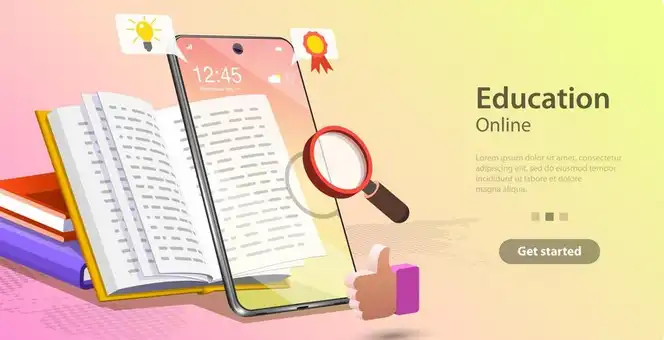
Advantages of Microlearning Within Your App
Designing a microlearning app gives you a great opportunity to create a flexible and modern learning experience.
The first advantage is that the short content is suitable for all age groups, especially the smartphone generation.
Second, microlearning enables the user to choose only what they want to learn, without burdening themselves with content that doesn't interest them.
You can customize the user experience by identifying their interests from the beginning (e.g., languages, self-development, programming).
This is where recommendation algorithms come into play, presenting lessons tailored to their preferences.
The microlearning app can act as a "learning diary"; a simple item that the user can refer to every day for a minute or two.
The ease of sharing lessons on social media opens the door to organic growth for the app.
The small size of the content also makes it easy to update continuously without any hassle for the user.
All of these advantages make microlearning apps more capable of scaling and succeeding in the mobile environment.

How do you turn every spare minute into an in-app learning opportunity?
One of the most important goals of educational widgets is to make the most of short time.
Users often don't look for a full hour to learn; they want to make the most of their waiting or break time.
This is where appropriate content design comes in: Lessons that last no more than 3-5 minutes and focus on a single concept.
The user interface should open directly to "What can I learn now?" without lengthy registration steps or complicated menus.
Add a "One minute and you'll learn" bar containing quick lessons that can be changed daily.
This step transforms the app from a learning tool into a daily habit.
Notification design also plays a major role: "Waiting time? Learn a new term now!"
Content should be light, without heavy videos or additional downloads.
Aim to provide content that can be read or listened to in a very short time, without requiring much interaction.
The sooner the user feels they've accomplished something important in a short amount of time, the sooner they'll return to the app.



